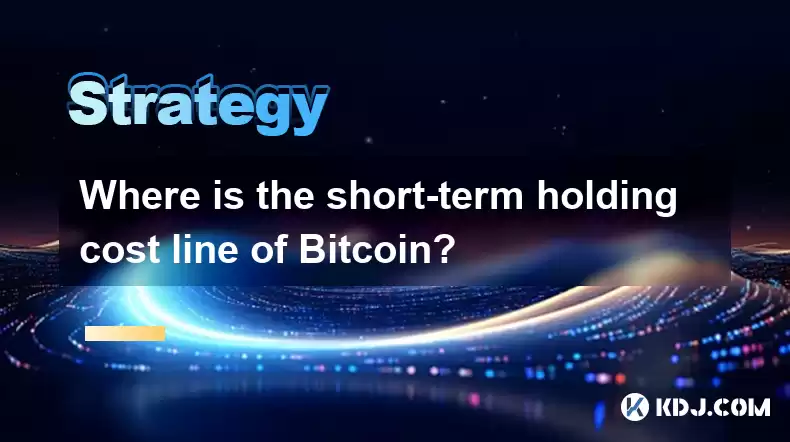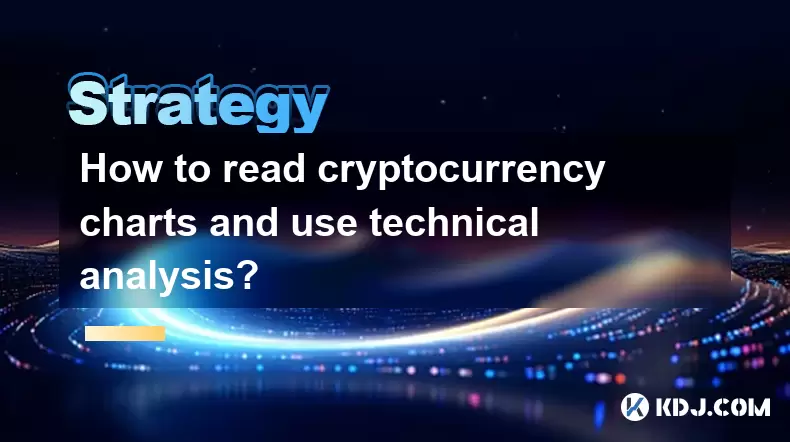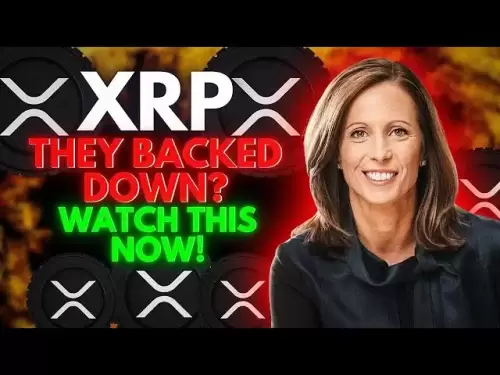-
 Bitcoin
Bitcoin $117500
2.15% -
 Ethereum
Ethereum $3911
6.19% -
 XRP
XRP $3.316
10.79% -
 Tether USDt
Tether USDt $1.000
0.01% -
 BNB
BNB $787.2
2.24% -
 Solana
Solana $175.2
4.15% -
 USDC
USDC $0.9999
0.00% -
 Dogecoin
Dogecoin $0.2225
8.40% -
 TRON
TRON $0.3383
0.28% -
 Cardano
Cardano $0.7868
6.02% -
 Stellar
Stellar $0.4382
9.34% -
 Hyperliquid
Hyperliquid $40.92
7.56% -
 Sui
Sui $3.764
7.63% -
 Chainlink
Chainlink $18.48
10.66% -
 Bitcoin Cash
Bitcoin Cash $582.1
1.88% -
 Hedera
Hedera $0.2601
6.30% -
 Avalanche
Avalanche $23.33
4.94% -
 Ethena USDe
Ethena USDe $1.001
0.02% -
 Litecoin
Litecoin $122.3
2.04% -
 UNUS SED LEO
UNUS SED LEO $8.969
-0.27% -
 Toncoin
Toncoin $3.339
0.86% -
 Shiba Inu
Shiba Inu $0.00001287
4.30% -
 Uniswap
Uniswap $10.43
7.38% -
 Polkadot
Polkadot $3.861
5.08% -
 Dai
Dai $1.000
0.02% -
 Bitget Token
Bitget Token $4.513
3.41% -
 Monero
Monero $267.7
-6.18% -
 Cronos
Cronos $0.1499
4.14% -
 Pepe
Pepe $0.00001110
5.15% -
 Aave
Aave $284.9
8.28%
Where is the short-term holding cost line of Bitcoin?
The short-term holding cost line of Bitcoin, the average cost for coins held less than a year, helps investors gauge market sentiment and potential price movements.
Apr 19, 2025 at 02:28 am

The concept of the short-term holding cost line of Bitcoin refers to the average cost at which Bitcoin has been held for a short duration, typically less than a year. This metric is crucial for understanding market dynamics and can provide insights into potential price movements. To delve into this topic, we need to explore how this line is calculated, its significance, and how it can be used by investors.
Understanding the Short-Term Holding Cost Line
The short-term holding cost line is derived from the average price at which Bitcoin has been acquired by investors holding it for less than a year. This data is often sourced from on-chain analytics, which track the movement and age of coins. Platforms like Glassnode provide such metrics, helping investors understand the cost basis of recent buyers.
The calculation of this line involves aggregating the purchase prices of all Bitcoins held for less than a year and then averaging them. This gives a snapshot of the average cost basis for short-term holders, which can be a useful benchmark for market analysis.
Significance of the Short-Term Holding Cost Line
The short-term holding cost line serves as a critical indicator of market sentiment among recent buyers. If the current market price of Bitcoin falls below this line, it suggests that many short-term holders are underwater, meaning they are holding at a loss. This scenario can lead to increased selling pressure as these holders may look to cut their losses.
Conversely, when the market price rises above the short-term holding cost line, it indicates that short-term holders are in profit. This can lead to a more bullish sentiment, as these holders may be less inclined to sell, thereby reducing selling pressure and potentially driving the price higher.
Using the Short-Term Holding Cost Line for Trading
Traders and investors often use the short-term holding cost line as a part of their technical analysis toolkit. By monitoring this line, they can gauge potential support and resistance levels. For instance, if the price of Bitcoin approaches the short-term holding cost line from below, it may act as a support level, where buying interest could increase.
To use this line effectively, traders might follow these steps:
- Access reliable data sources like Glassnode or similar platforms to obtain the current short-term holding cost line.
- Compare the current market price of Bitcoin with the short-term holding cost line to determine if it is trading above or below this line.
- Analyze the trend of the short-term holding cost line over time to understand whether it is rising or falling, which can provide additional context for market sentiment.
- Set up alerts to be notified when the market price approaches the short-term holding cost line, allowing for timely trading decisions.
Impact on Market Dynamics
The short-term holding cost line can significantly influence market dynamics. When a large number of Bitcoins are held at a similar cost basis, it can create a cluster of support or resistance levels. For example, if many short-term holders bought Bitcoin at around $30,000, this level might act as a significant support if the price approaches it from above.
Additionally, the movement of the short-term holding cost line can reflect broader market trends. A rising short-term holding cost line suggests that recent buyers are entering the market at higher prices, which can be indicative of a bullish trend. Conversely, a declining short-term holding cost line may indicate that recent buyers are entering at lower prices, potentially signaling a bearish trend.
Practical Example of the Short-Term Holding Cost Line
To illustrate the practical application of the short-term holding cost line, consider a scenario where the current market price of Bitcoin is $40,000, and the short-term holding cost line is at $35,000. In this case, short-term holders are in profit, which might lead to reduced selling pressure and a more stable or upward price movement.
If the market price were to drop to $34,000, it would fall below the short-term holding cost line, putting pressure on short-term holders who are now underwater. This could lead to increased selling, potentially pushing the price down further.
Limitations of the Short-Term Holding Cost Line
While the short-term holding cost line is a valuable tool, it has its limitations. It is based on historical data and does not account for future market events or sentiment shifts. Additionally, the accuracy of the data depends on the reliability of the sources used to calculate it.
Investors should use this metric in conjunction with other indicators and not rely on it as the sole basis for their trading decisions. Combining the short-term holding cost line with other technical and fundamental analysis tools can provide a more comprehensive view of the market.
Frequently Asked Questions
Q: How often should I check the short-term holding cost line?
A: The frequency of checking the short-term holding cost line depends on your trading strategy. For active traders, monitoring it daily or even hourly might be beneficial. For long-term investors, weekly or monthly checks might suffice.
Q: Can the short-term holding cost line be manipulated?
A: While it is based on on-chain data, there is always a risk of manipulation in any market metric. However, reputable data providers like Glassnode use robust methodologies to minimize such risks.
Q: Is the short-term holding cost line relevant for all cryptocurrencies?
A: While it is most commonly used for Bitcoin due to its widespread adoption and data availability, the concept can be applied to other cryptocurrencies as well, provided there is sufficient on-chain data.
Q: How does the short-term holding cost line differ from the long-term holding cost line?
A: The short-term holding cost line focuses on Bitcoins held for less than a year, reflecting recent market sentiment. In contrast, the long-term holding cost line considers Bitcoins held for over a year, providing insight into the cost basis of more patient investors.
Disclaimer:info@kdj.com
The information provided is not trading advice. kdj.com does not assume any responsibility for any investments made based on the information provided in this article. Cryptocurrencies are highly volatile and it is highly recommended that you invest with caution after thorough research!
If you believe that the content used on this website infringes your copyright, please contact us immediately (info@kdj.com) and we will delete it promptly.
- Tron's Sell-Off Spurs Altcoin Shift: What's Next for TRX?
- 2025-08-08 08:30:12
- RUVI Presale: Is the Growth Potential Real?
- 2025-08-08 09:10:12
- Sleep Token's US Takeover: Thornhill Rides the 'Even In Arcadia' Wave
- 2025-08-08 08:30:12
- FTT Token's Wild Ride: Creditor Repayments vs. Market Drop - A New Yorker's Take
- 2025-08-08 07:10:12
- Floki Crypto Price Prediction: Riding the Robinhood Rocket or Just a Meme?
- 2025-08-08 07:15:12
- EigenLayer, Restaking, and Ethereum: Navigating the Hype and the Hazards
- 2025-08-08 06:30:12
Related knowledge

How to read cryptocurrency charts and use technical analysis?
Aug 08,2025 at 11:08am
Understanding the Basics of Cryptocurrency ChartsCryptocurrency charts are graphical representations of price movements over time. These charts are es...

How to avoid common crypto investment mistakes?
Jul 13,2025 at 01:35am
Understanding the Risks of Crypto InvestmentInvesting in cryptocurrency can be highly rewarding, but it also comes with significant risks. One of the ...

What is a long-short crypto strategy?
Jul 15,2025 at 10:56am
Understanding the Basics of a Long-Short Crypto StrategyA long-short crypto strategy is an investment approach where traders simultaneously take long ...

What is a long-short crypto strategy?
Jul 11,2025 at 01:28pm
Understanding the Basics of Long-Short Crypto StrategyA long-short crypto strategy is an investment approach where traders take both long and short po...

How to use the RSI indicator for crypto?
Jul 12,2025 at 03:56pm
Understanding the RSI Indicator in Cryptocurrency TradingThe Relative Strength Index (RSI) is a momentum oscillator used to measure the speed and chan...

Is copy trading a good strategy for crypto beginners?
Jul 12,2025 at 08:28am
Understanding Copy Trading in the Cryptocurrency MarketCopy trading is a strategy where novice traders replicate the trades of experienced investors a...

How to read cryptocurrency charts and use technical analysis?
Aug 08,2025 at 11:08am
Understanding the Basics of Cryptocurrency ChartsCryptocurrency charts are graphical representations of price movements over time. These charts are es...

How to avoid common crypto investment mistakes?
Jul 13,2025 at 01:35am
Understanding the Risks of Crypto InvestmentInvesting in cryptocurrency can be highly rewarding, but it also comes with significant risks. One of the ...

What is a long-short crypto strategy?
Jul 15,2025 at 10:56am
Understanding the Basics of a Long-Short Crypto StrategyA long-short crypto strategy is an investment approach where traders simultaneously take long ...

What is a long-short crypto strategy?
Jul 11,2025 at 01:28pm
Understanding the Basics of Long-Short Crypto StrategyA long-short crypto strategy is an investment approach where traders take both long and short po...

How to use the RSI indicator for crypto?
Jul 12,2025 at 03:56pm
Understanding the RSI Indicator in Cryptocurrency TradingThe Relative Strength Index (RSI) is a momentum oscillator used to measure the speed and chan...

Is copy trading a good strategy for crypto beginners?
Jul 12,2025 at 08:28am
Understanding Copy Trading in the Cryptocurrency MarketCopy trading is a strategy where novice traders replicate the trades of experienced investors a...
See all articles

























































































